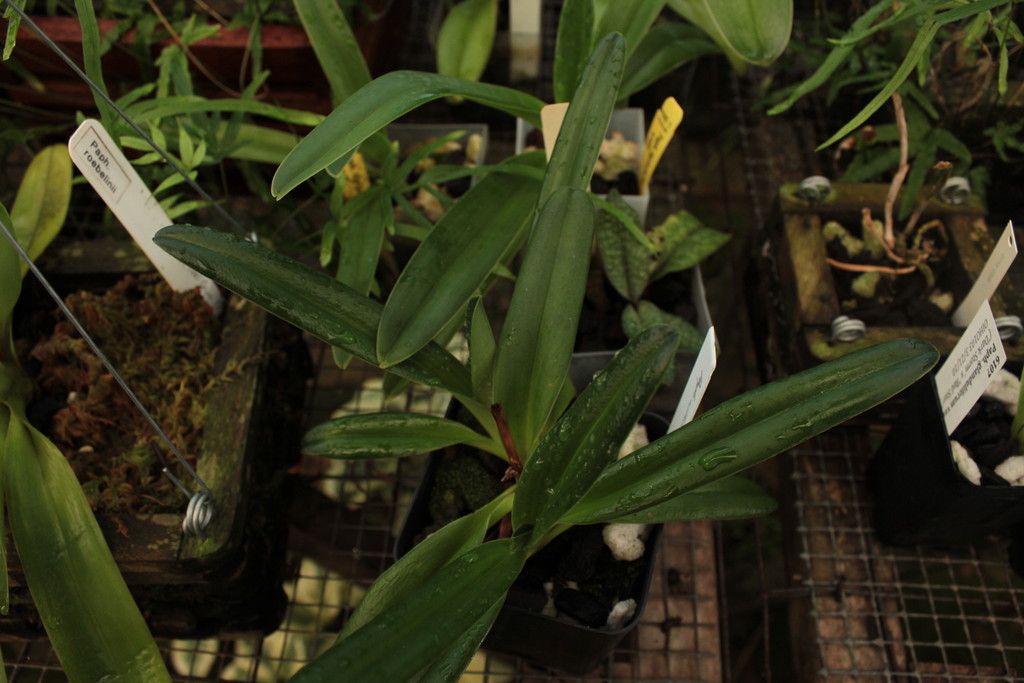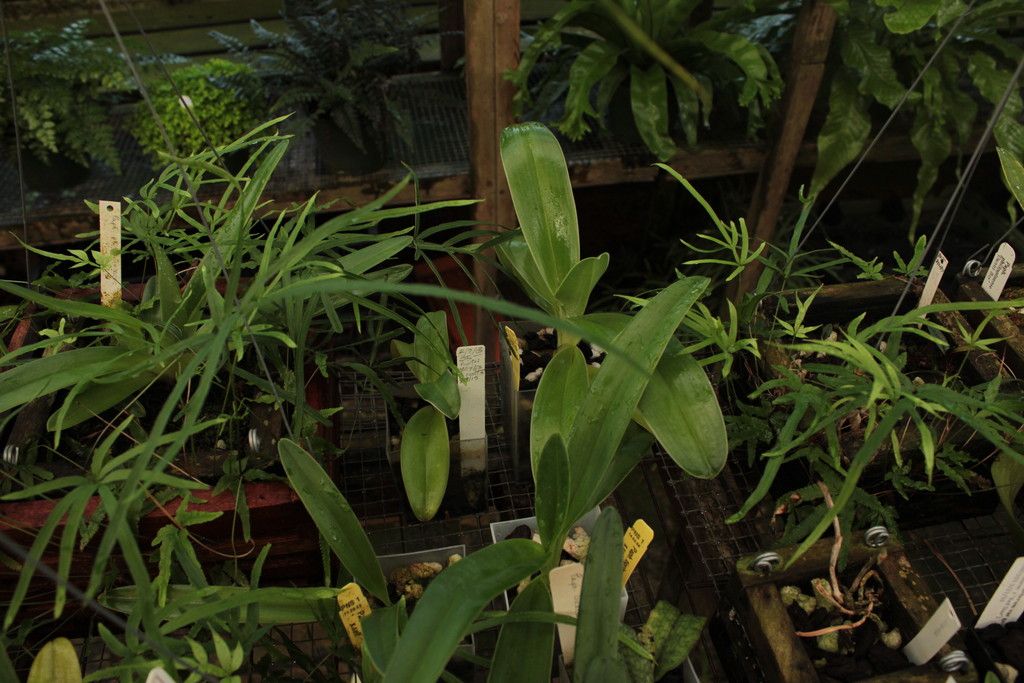myxodex
Well-Known Member
tigrinum is typically a tree dweller not a rock dweller so the soil content in the area probably has very little or nothing to with the species.
Thanks for the information. The only in situ photographs of this that I have seen are of terrestrial clumps. The point I made about volcanic soils is from Birk's book and also wrong. According to the following reference it grows in a limestone region in epiphytic, lithophytic, and terrestrial mode and so quite versatile. http://www.iucnredlist.org/details/46699/0
I have heard (over 10 years ago) from growers of this species that it prefers a slightly more acidic medium than other members of section paphiopedilum, and so this could also be inaccurate.


















































